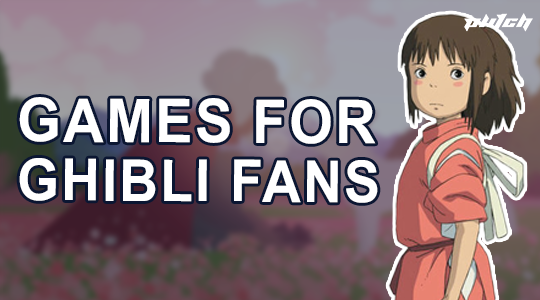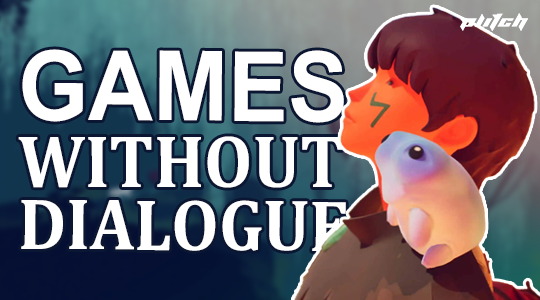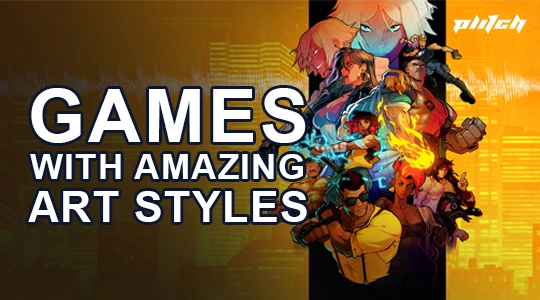When GRIS launched in 2018, it redefined what an indie game could be. Nomada Studio proved that games can be both art and experience. Then came Neva in 2024, a powerful game that explores love, loss, and companionship. Nomada Studio has carved out a unique place in the gaming world, blending stunning aesthetics with deeply personal narratives. But who are the minds behind these artistic journeys? What inspires them, and how do they bring such raw emotion to life through gameplay?
In our interview with Nomada Studio, they discuss their creative process, the evolution from GRIS to Neva, and what it’s like to create games that move players to tears. But before we dive into the interview, let’s take a closer look at their memorable games.
GRIS: A Journey Through Grief and Acceptance
Images: Nomada Studio
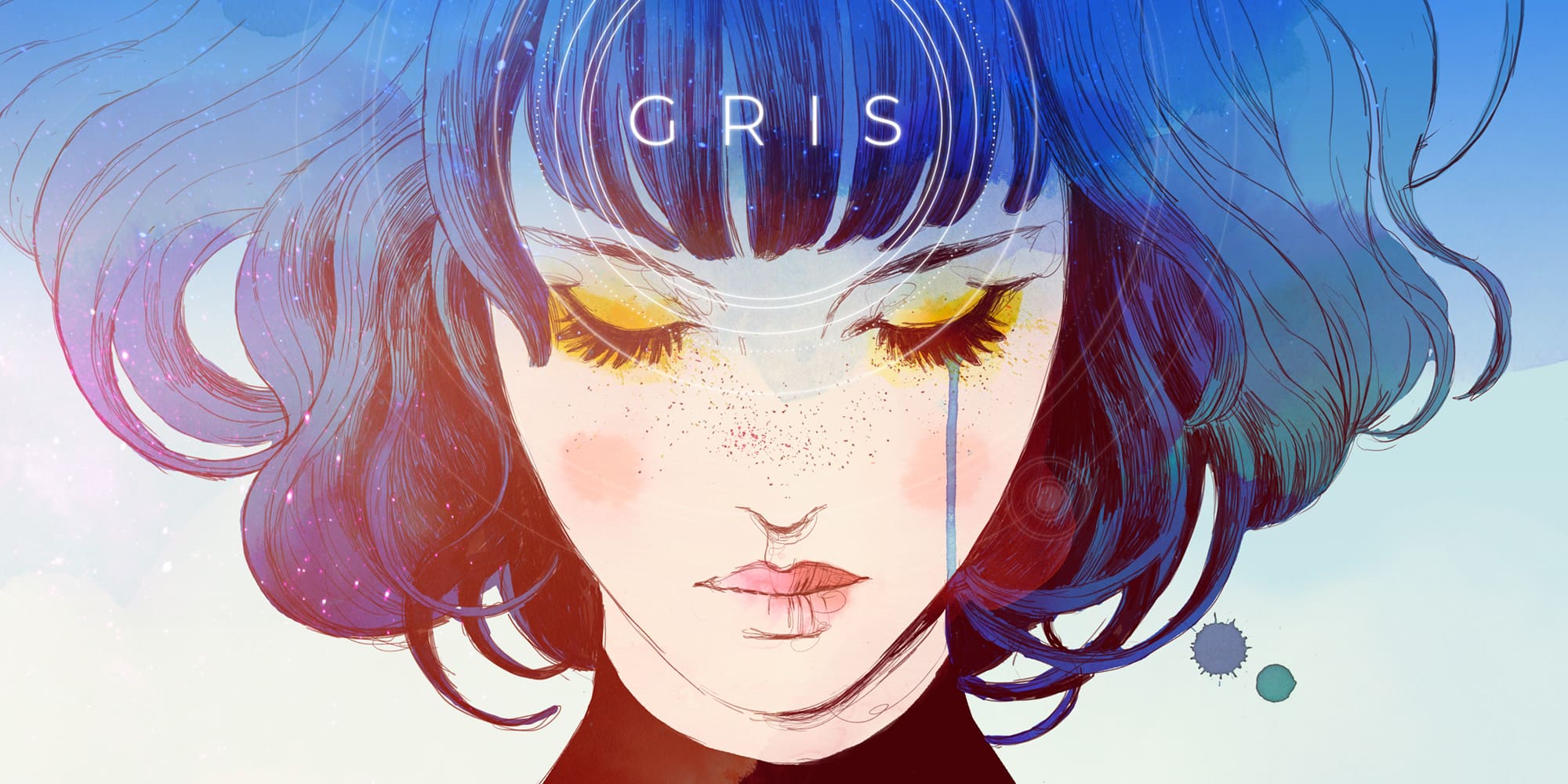
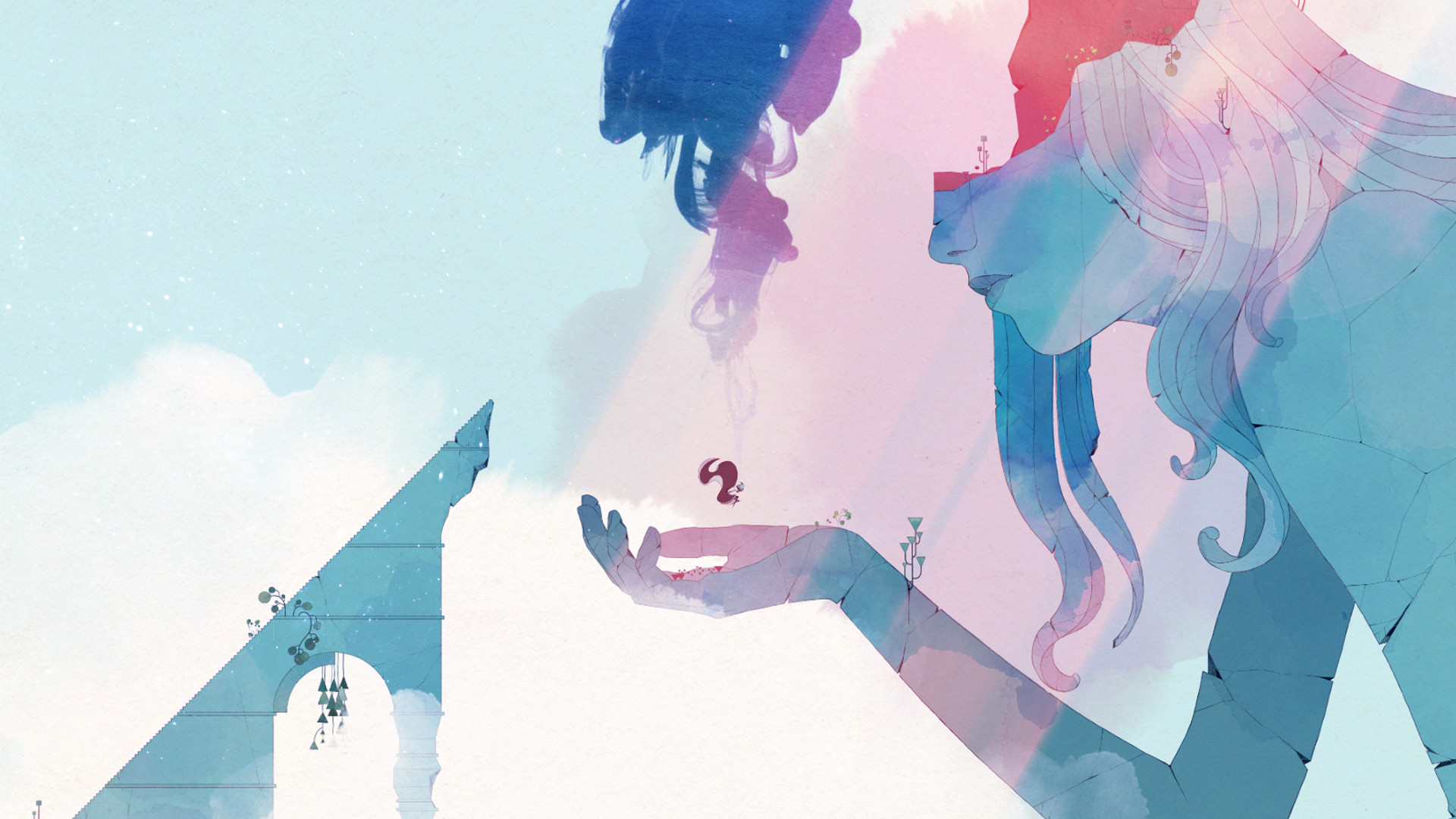
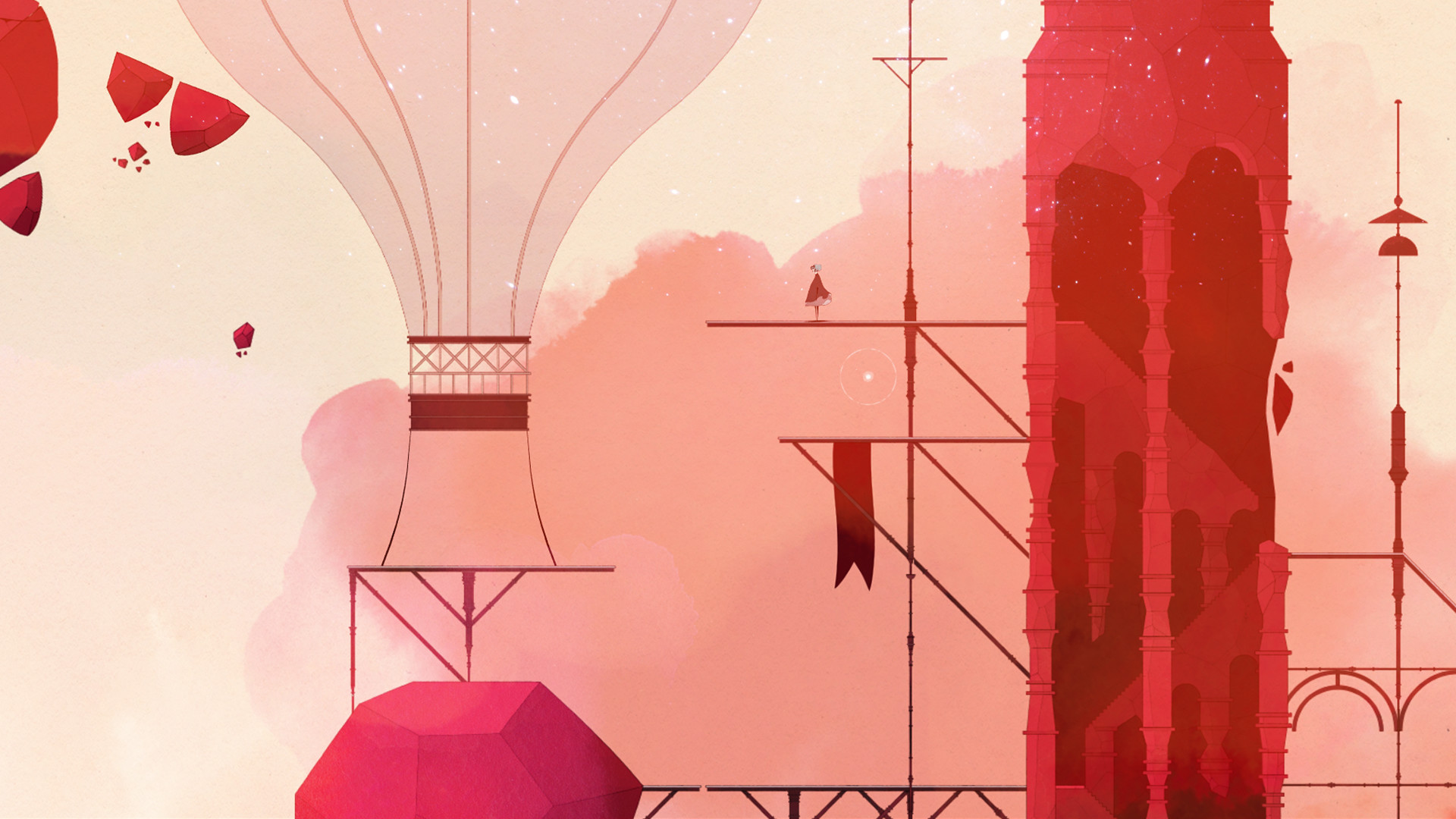
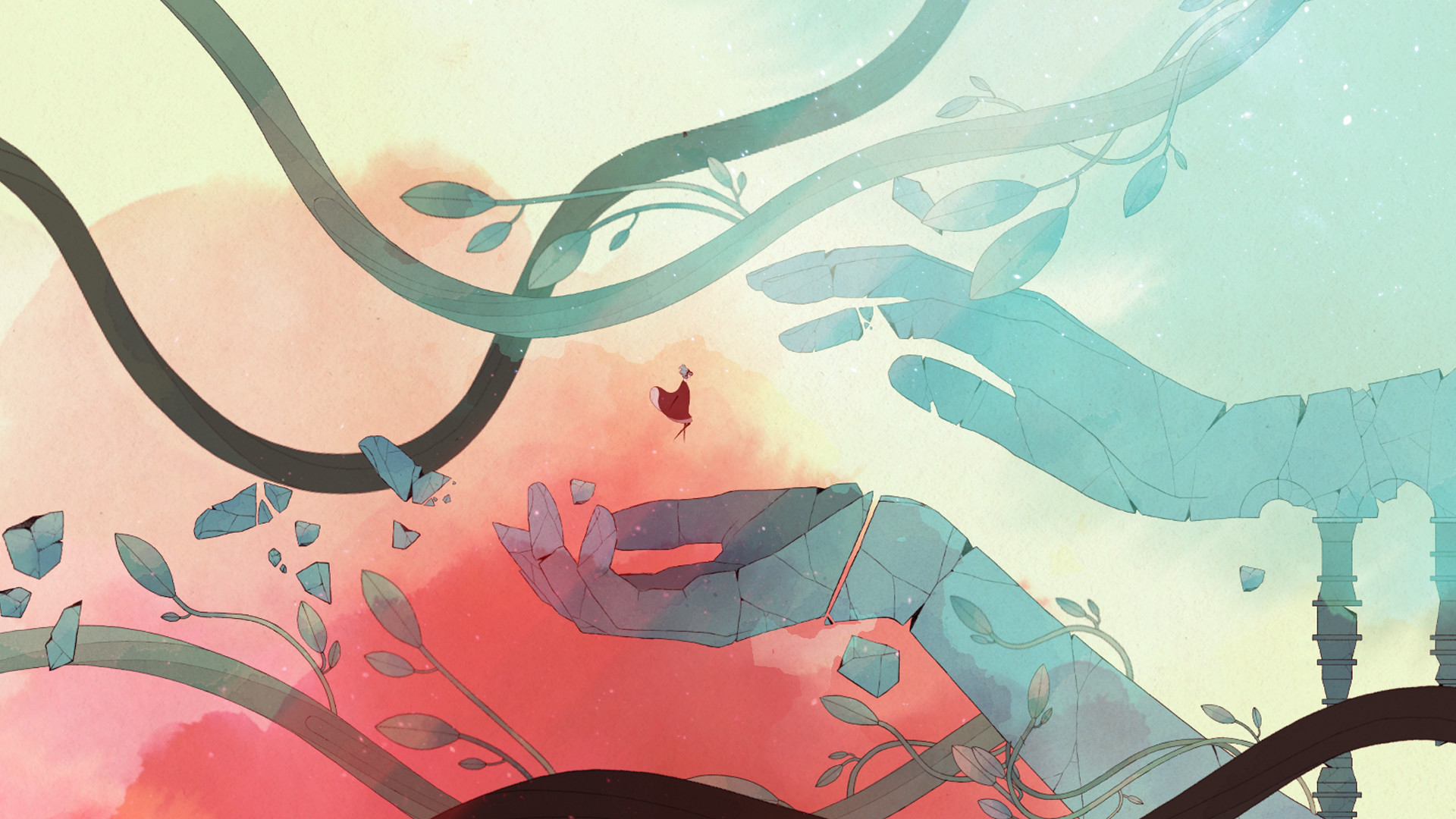
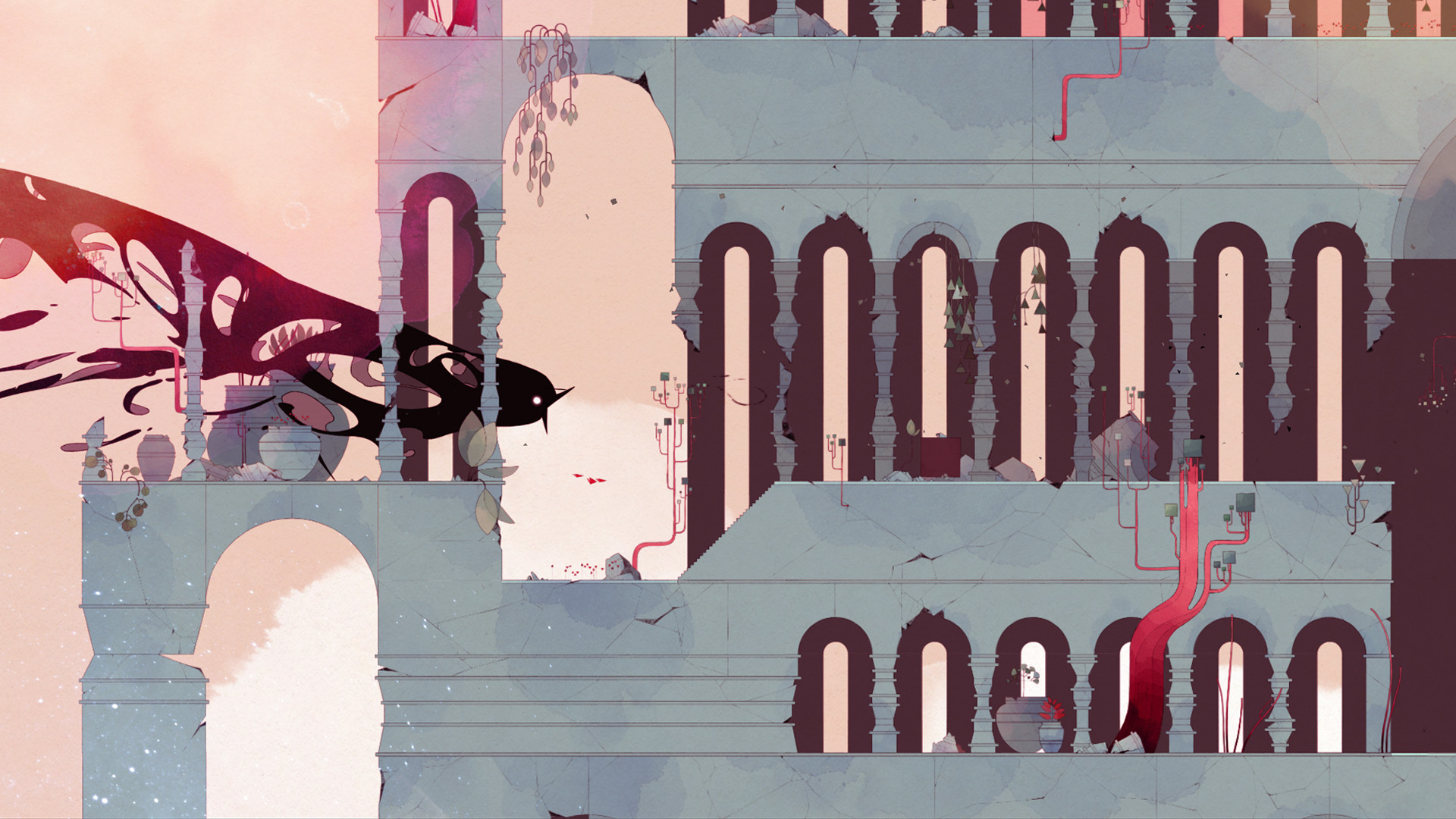
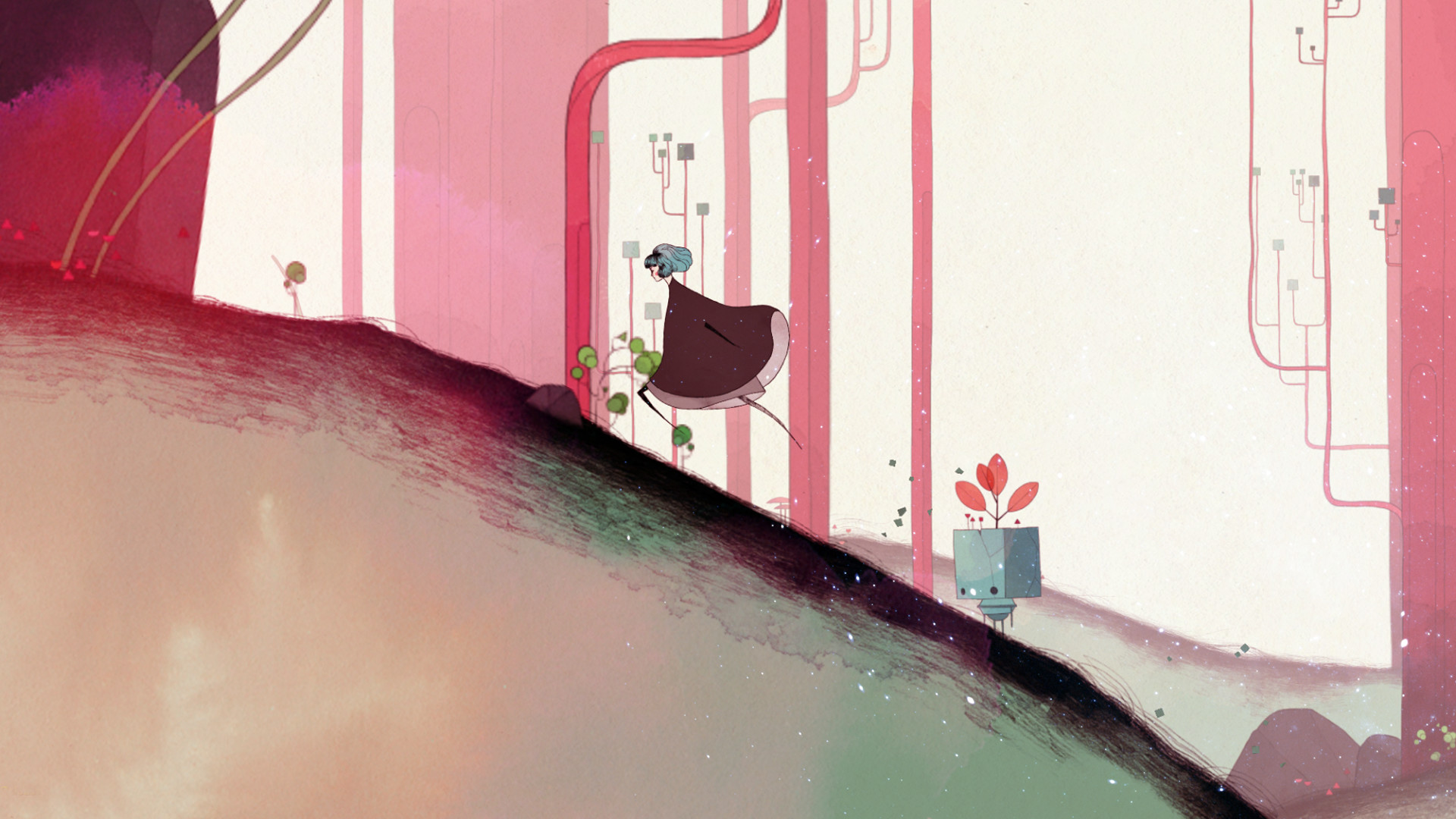
GRIS is a 2D platformer developed by Nomada Studio, but that description hardly does it justice. It offers a unique experience and feels like a moving painting, wrapped in a hauntingly beautiful soundtrack and steeped in emotion.
You play as Gris, a young girl lost in her sadness. There is no spoken dialogue or text-heavy cutscenes. Instead, the game immerses you in her world through visuals and music alone. Gris’s emotions affect the world around her. As you progress through the five stages of grief, you’ll notice that the environment changes along with her. It’s subtle, powerful, and breathtaking.
Each stage of grief is a chapter with its own color palette and mood. Her flowing dress transforms as Gris begins to heal, granting her new abilities that allow you to explore previously unreachable places. The game doesn’t punish you with failure or death. It lets you breathe, absorb the atmosphere, and keep moving forward.
The watercolor art style is stunning, and the soundtrack is so emotional that it will linger in your mind for a long time. Although the puzzles and platforming are relatively simple, they perfectly complement the emotional beats of the story. GRIS is a journey through heartbreak and healing, wordless yet universally understood.
💡Tip: If you want to read more about GRIS and Neva’s art styles, check out our blog on games with amazing art!
Neva: The Power of Connection in a Dying World
Images: Nomada Studio
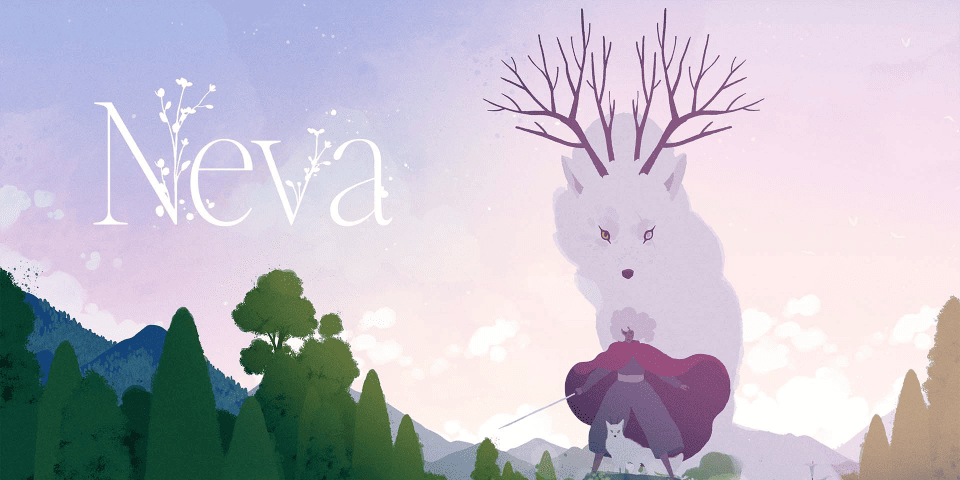
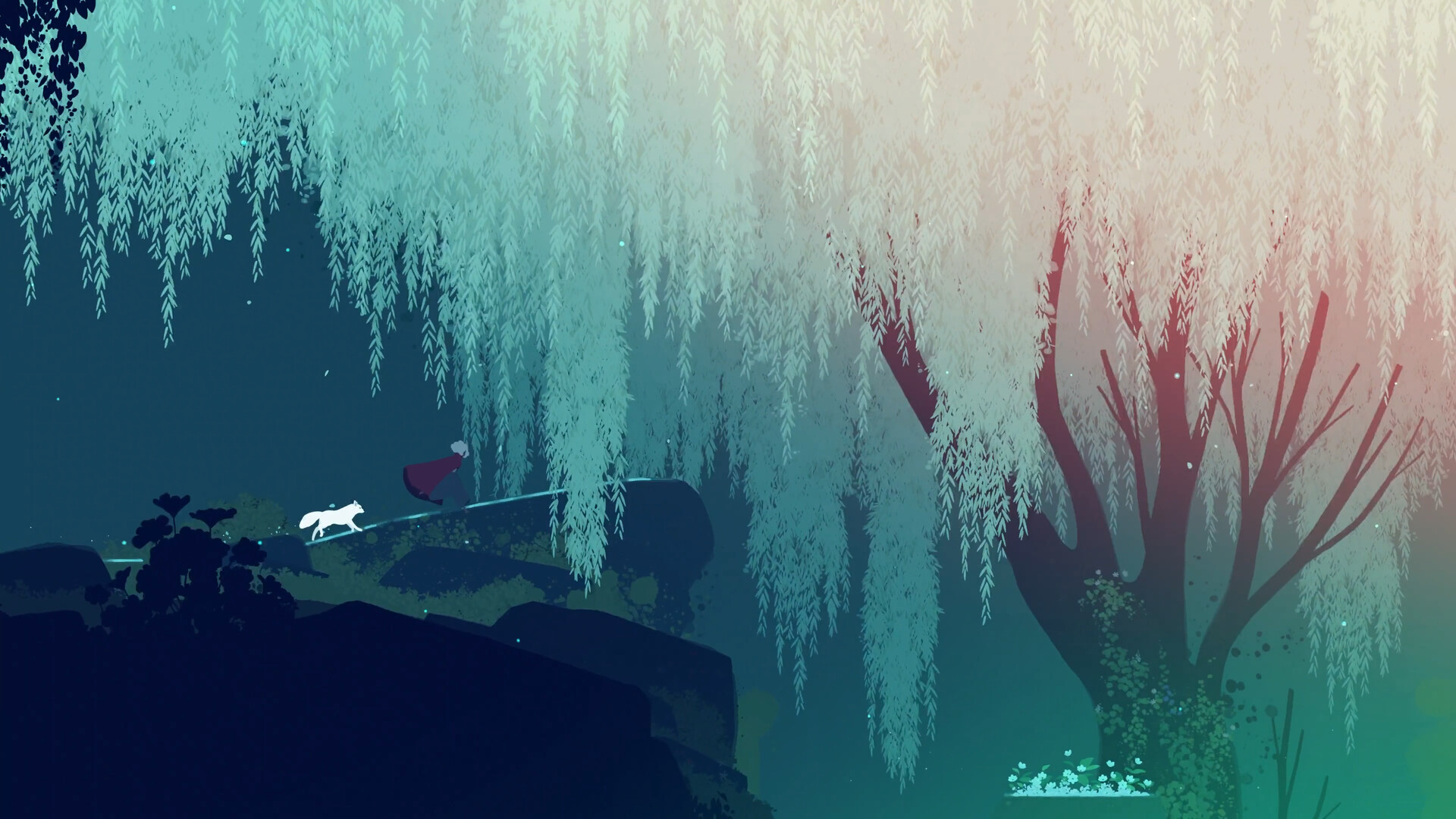
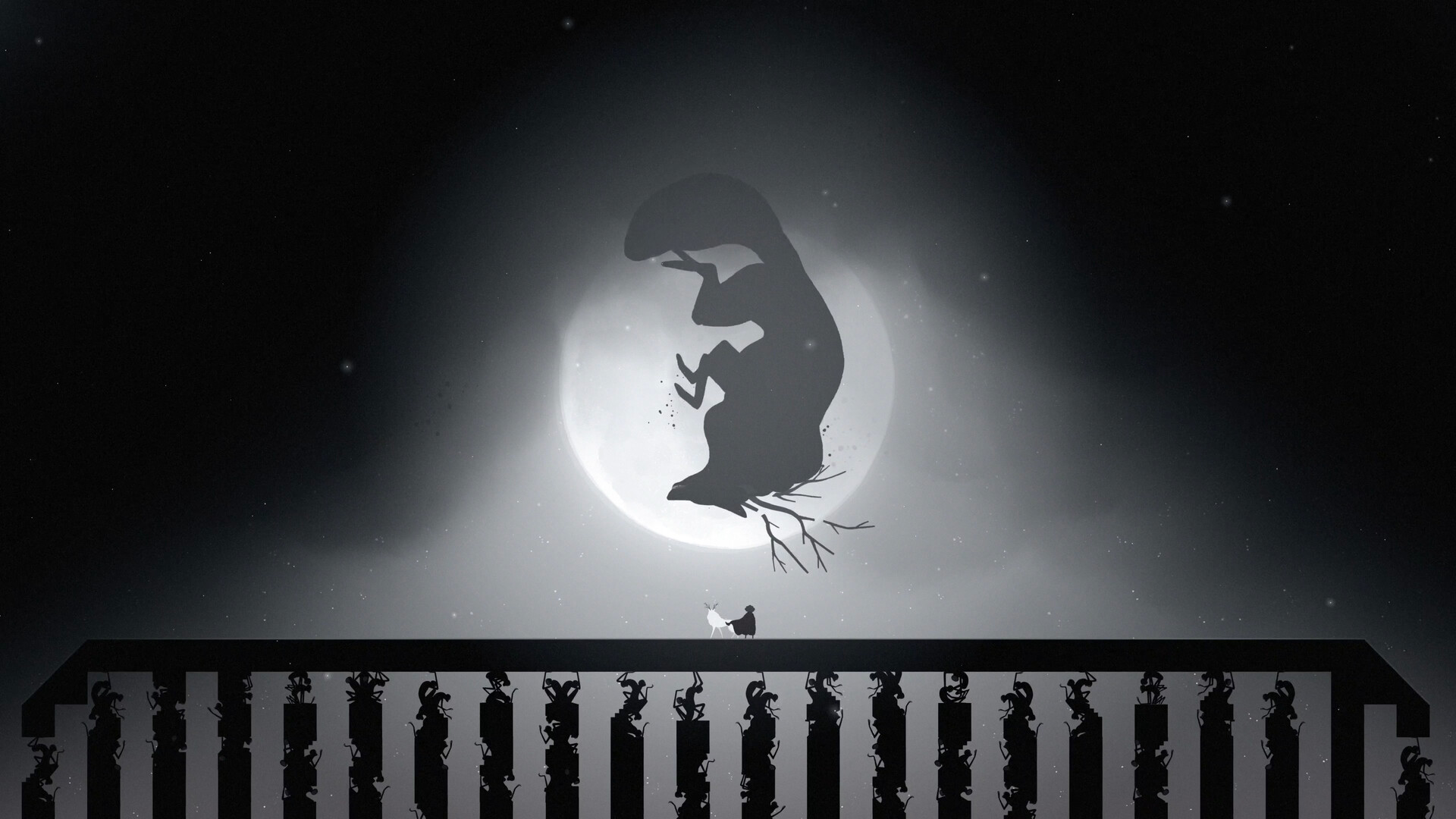
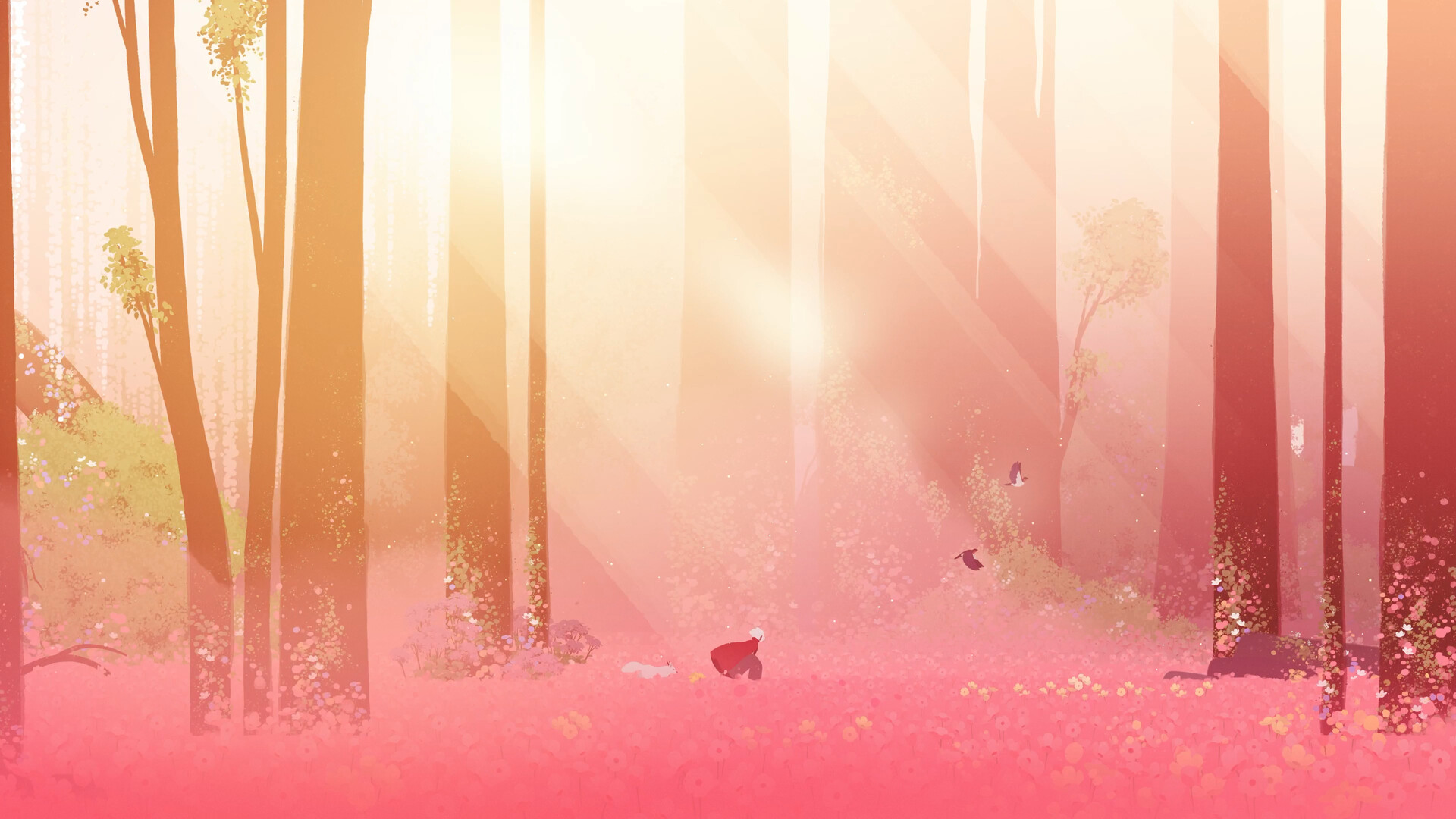
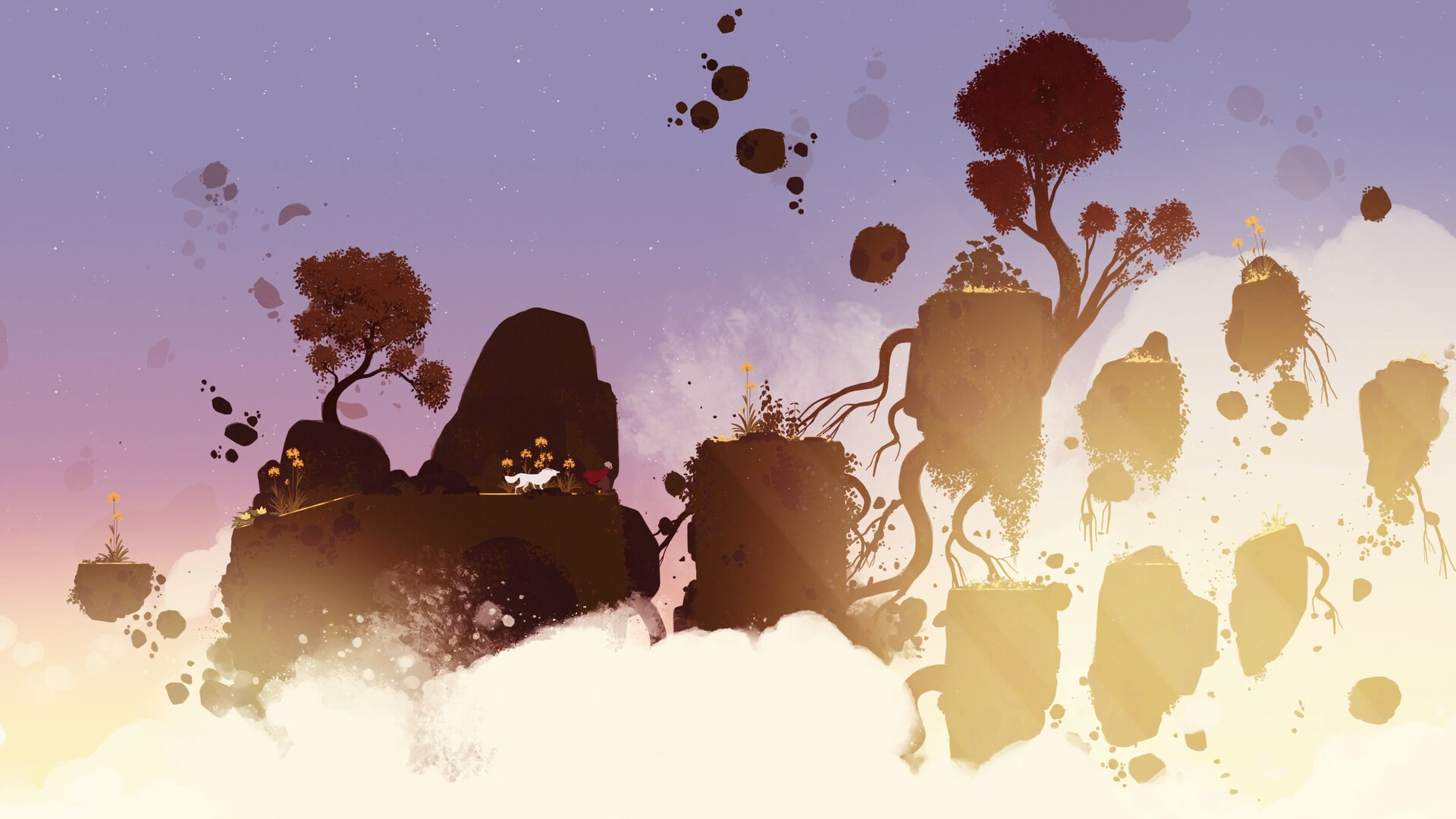
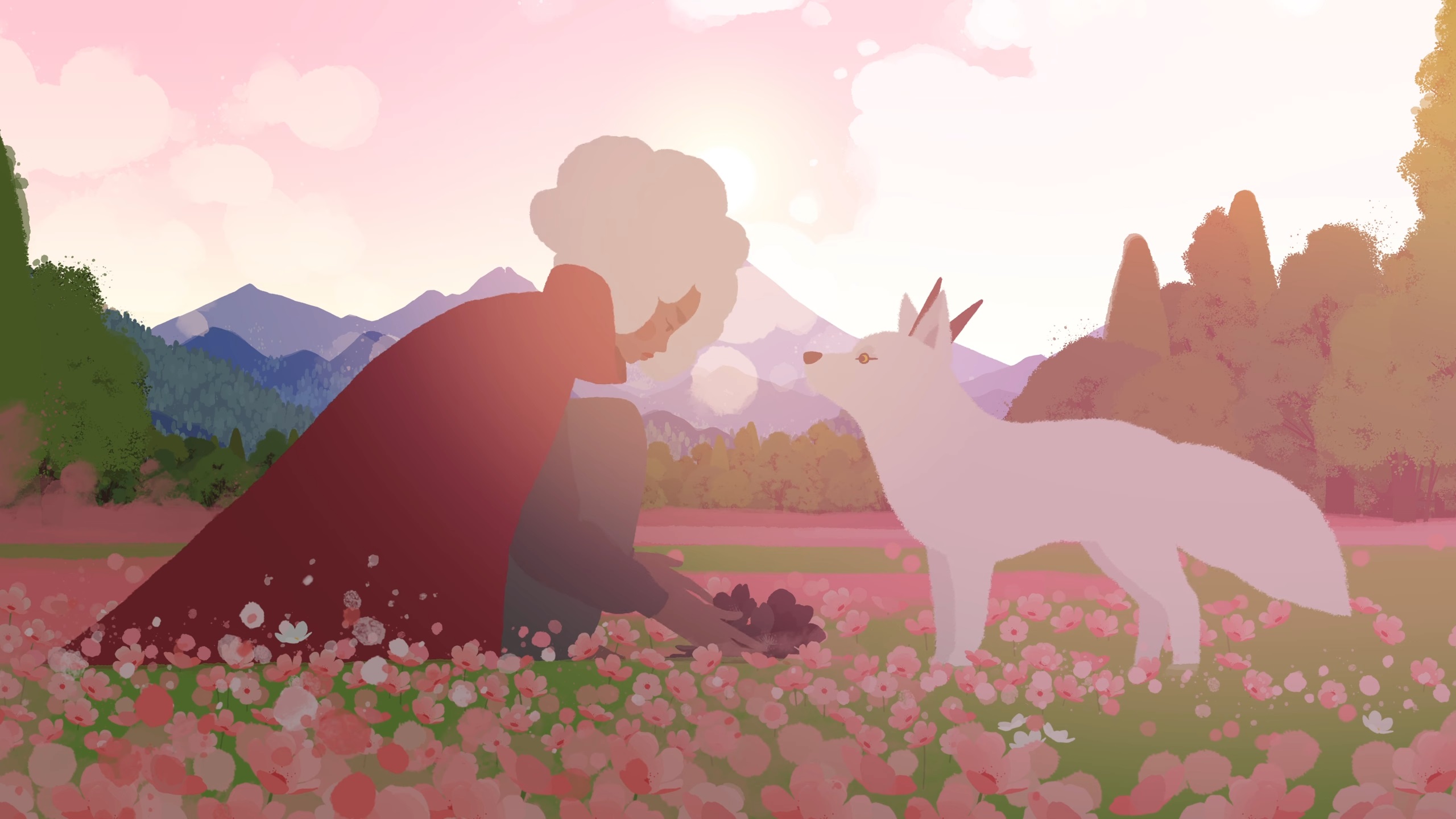
Nomada Studio’s emotionally charged second game, Neva, immerses you in a dying world where every step feels meaningful. You play as Alba, a young woman bonded to a wolf cub after a traumatic encounter with dark forces. What begins as a fragile connection evolves into something deep and powerful, and witnessing this transformation is part of what makes Neva so unique.
The art is quite different from GRIS, but absolutely gorgeous. Once again, Nomada excels in the use of color, animation, and visual storytelling. Smooth transitions between gameplay and cutscenes create a cohesive experience. One of the game’s best features is the soundtrack, which perfectly conveys the atmosphere.
The platforming is chill yet satisfying, and the combat is fun. There are two modes to choose from. In Story Mode, you can fully immerse yourself in the story, art, and soundtrack without the stress of dying in combat. Your wolf companion plays an active role in combat and traversal, and watching her grow from a mischievous pup into a powerful, independent force is deeply rewarding.
Neva also won the Games for Impact award at The Game Awards in 2024, and it’s easy to see why. It’s a game that stays with you. It’s short, emotional, and utterly unforgettable.
Interview with Nomada Studio
Did you always plan for your games to be without dialogue? What challenges did you face in telling a story solely through visuals and music?
We wanted to tell a story, but we realized that through art, music, and gameplay, dialogue wasn’t necessary. Ultimately, this path is more difficult, but by choosing good references and being clear about what we want to tell (in addition to a lot of work and thought behind it), I think we achieved our goal.
The use of color in your games carries deep symbolism. How do you determine which emotions each color represents?
Although we already had the idea of adding colors, during development, we thought about approaching the five stages of grief. Each level is coded like a stage, and the color chosen represents them and portrays the emotional journey of Gris: Denial (grey), Anger (red), Bargaining (green), Depression (blue), and Acceptance (yellow).
What inspired the shift from a solo protagonist in GRIS to the companionship theme in Neva?
We were very clear about the themes of both games. Neva emerged around the time Conrad became a father, so since it dealt with the theme of fatherhood, it was practically mandatory that it be based on two characters.
What made you choose a wolf for Neva rather than another forest animal, such as a fox?
Actually, a wolf wasn’t the first option, because we talked about it, and the easier way, technically speaking, was to make a flying animal like a bird or an eagle. However, we ended up with the conclusion that, without a doubt, on an emotional empathy level, people connect much more with pets like a cat or a dog, and transferred to the Neva environment, a wolf was the option that fit best.
Which mechanic or feature are you most proud of that players might not notice right away?
It’s very subjective, but as a main message, I would emphasize that when you release a game, you should be proud of it. Creating a video game is a very complicated task, and players may not fully understand the entire process behind it.
Have you ever received feedback that completely changed how you viewed your game(s)?
We take constant feedback from our friends and the publisher into account, as they ultimately help us make positive changes throughout the development process.
What emotions do you want players to experience when they play your games?
We want them to connect with the story through art and music, and give them freedom of interpretation beyond what we initially set out. We also want them to be games for people who don’t usually play video games and can enjoy an audiovisual experience. For example, in GRIS, you can see it as a puzzle and platform game, but you can go further and empathize with the protagonist’s story.
What was the strangest bug you ever encountered?
The performance issue on the Switch, which we spent weeks investigating and more or less managed to resolve in a patch.
Are there any hidden easter eggs in your games?
Yes, but you’ll need to find them 🙂
Which game(s) made you fall in love with gaming?
I think Mario and Zelda are the ones that have left the biggest mark on us. They mean so much to the video game industry.
Which cheat code would you like to have in real life?
Cheat codes like Godmode or undo would be lifesavers haha.
You can visit Nomada Studio here:
Don’t forget to check out our other developer interviews:
